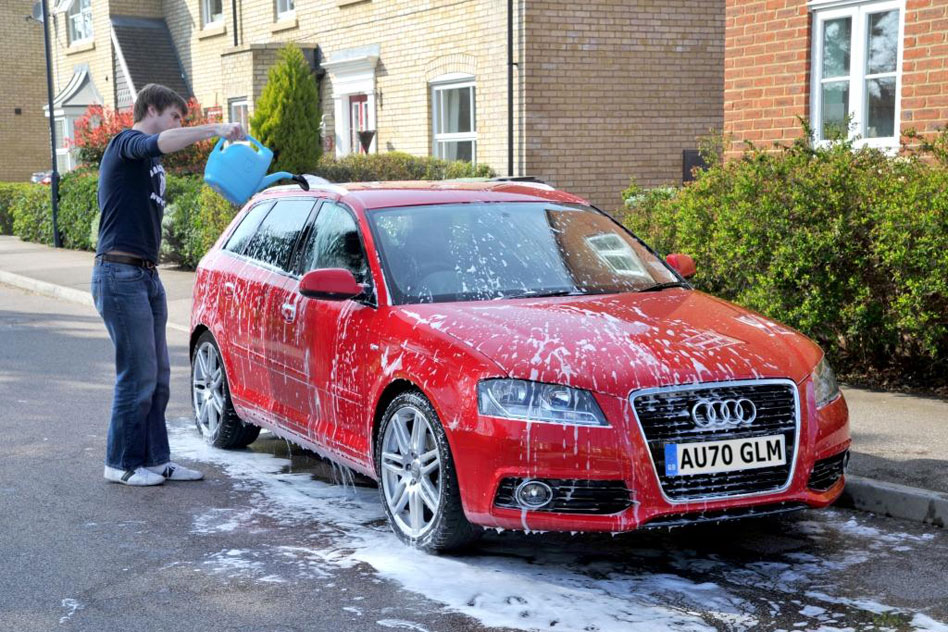
Your car won’t have enjoyed the winter months. When it wasn’t getting rained on from above, it was being attacked by road salt from below. And we can hardly blame you for not wanting to venture outside to wash it on a weekly basis.
However, as the evenings get lighter and temperatures start to rise, it’s time to start showing your car some TLC. Next time there’s a warm weekend, why not set time aside for a spring clean?
Read on for our step-by-step guide…
Vacuum the interior
It might be tempting to begin with the car’s exterior, but you should start on the inside. The winter months will have left their mark on the interior and it’ll be in need of a spring makeover.
Remove the mats and give the the carpet a thorough vacuuming. Any stains or mud can be removed with the help of a carpet cleaner, or indeed soap and water. Leave the windows open to give the carpets time to dry out. Rubber mats can be washed separately and given time to dry out in the sun. Carpet mats can be vacuumed and washed as appropriate.
Make sure you vacuum between the seats, along with the storage bins and centre console. The remnants of a winter-load of takeaway coffees and sandwiches will not only look unsightly, they’ll also start to whiff. And don’t think a hanging air freshener will make the smell go away. It will simply mask the problem.
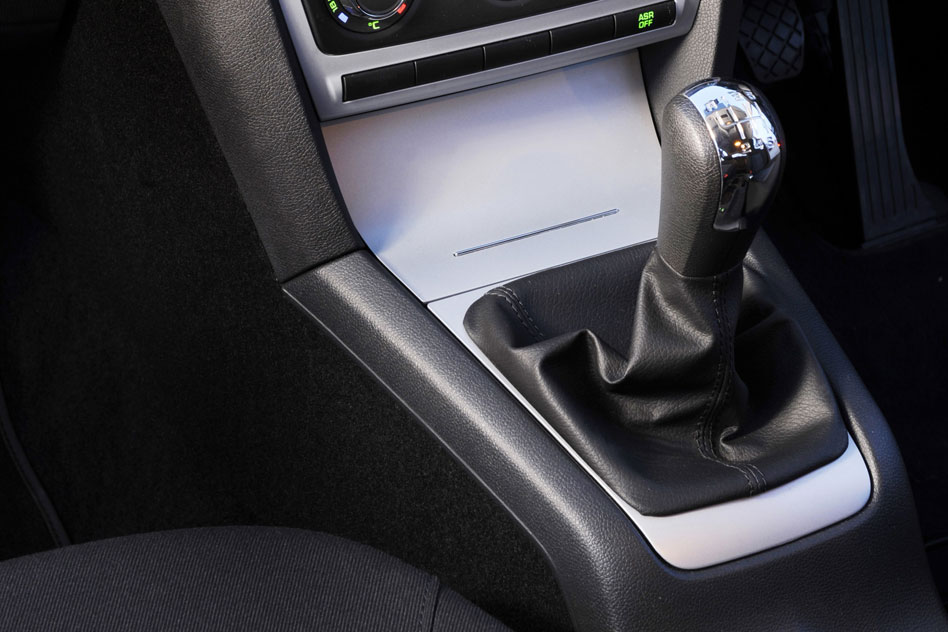
Clean the interior
Use a specialist interior cleaner to remove dirt and give your car that as-new look again. Clean the dashboard, the door cards and all storage bins to remove any stains or unwelcome smells. Whilst there, use a specialist seat cleaner – leather, if appropriate – to spruce up the seats.
Similarly, clean the gear lever, handbrake, steering wheel and door handles to remove grease and sticky fingerprints. Take care not to use anything that will leave these feeling slippery. Only use cleaners designed specifically for this purpose.
Wash the exterior
With the interior looking like new, it’s time to work on the exterior. Start by using a hose or pressure washer to remove the grime and salt from the underside of the car. Road salt will have a corrosive effect, so should be removed at the earliest possible time.
Use the pressure washer to blast away all the mud and salt that will have built up under the wheel arches, along with sills and under the bumpers.
Clean the alloy wheels using a specialist wheel cleaner, removing a build-up of brake dust with the help of a wheel brush or even a soft-bristle toothbrush. Once clean and dry, adding a layer of wax will help keep your wheels cleaner for longer, whilst making them easier to wash in the future.
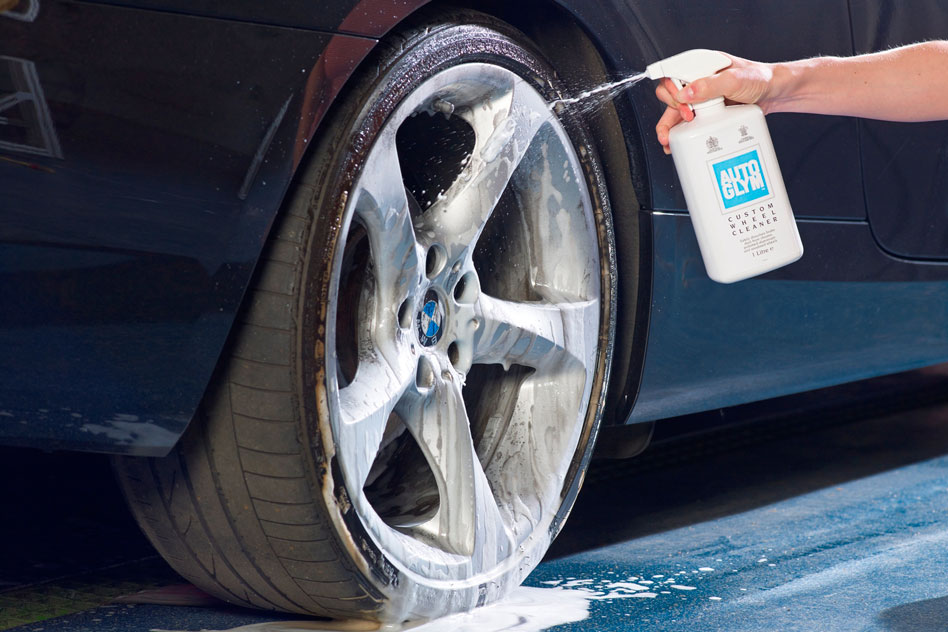
Now you can hand-wash the car’s bodywork and make it look beautiful again. But before you do, take the time to consider the following points:
1. Don’t use washing-up liquid. This contains a small amount of salt, which can damage your car’s paintwork.
2. Use a car shampoo. This comes down to personal preference, but a car shampoo will always be preferable to washing-up liquid.
3. Avoid using a traditional sponge. Tiny pieces of dirt and grit will get stuck in the sponge, which will be spread across the paint as you wash it. This will leave little scratches and swirl marks.
4. Use a wash mitt. These have been specifically developed to get around the problem associated with sponges by absorbing the pieces of grit, keeping them away from the paintwork.
5. Use the two-bucket method. Sorry, but you’re going to need a second bucket. One bucket should contain the washing solution, with the other containing fresh water. Soak the mitt in the first bucket and wash the car. Then rinse it out in the fresh water, before dunking it in the wash liquid again.
Taking all that into account, you should finish by rinsing away the bubbles using a hose or a light pressure washer. You should then dry the car using a chamois leather or, better still, a specialist drying towel.
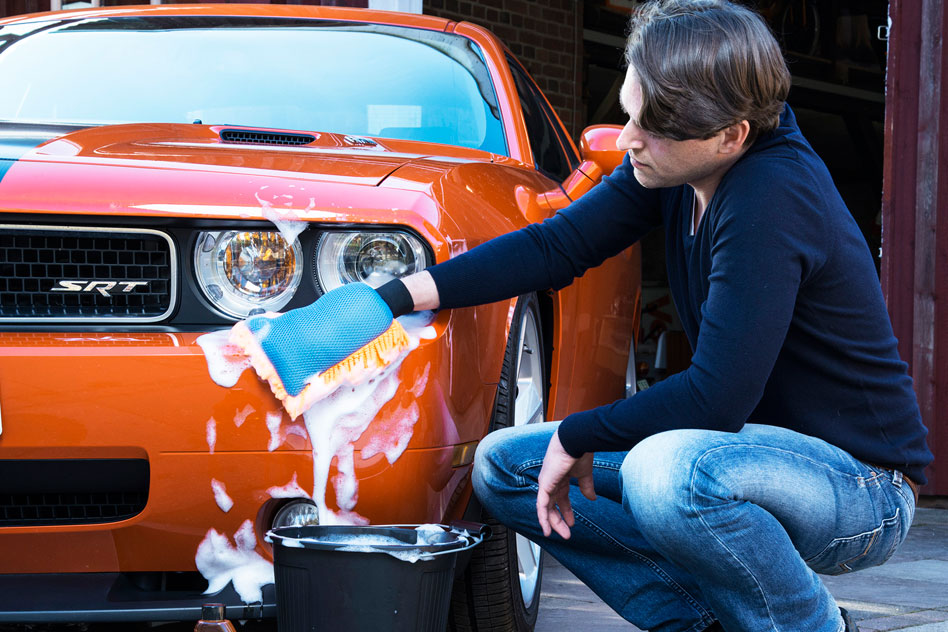
Oh, and avoid using a roadside hand car wash or an automatic car wash for your spring clean. Not only is this an opportunity to give your car a post-winter inspection, you’ll also get a better result.
Some hand-wash companies use harsh chemicals that, while quicker to apply, can strip away any wax or paint protection applied to your car’s bodywork. And automatic car washes are best avoided if you value your paintwork.
Clean the windows
The windows are often overlooked when washing a car. While a simple wash and dry will be good, you should spend some extra time giving the car’s glass a thorough clean.
You can buy specialist car glass cleaners, but the combination of a traditional window cleaner and old newspapers works just as well. Clean the windows and door mirrors, taking care to remove smears. These can be problematic when driving into low spring sunshine.
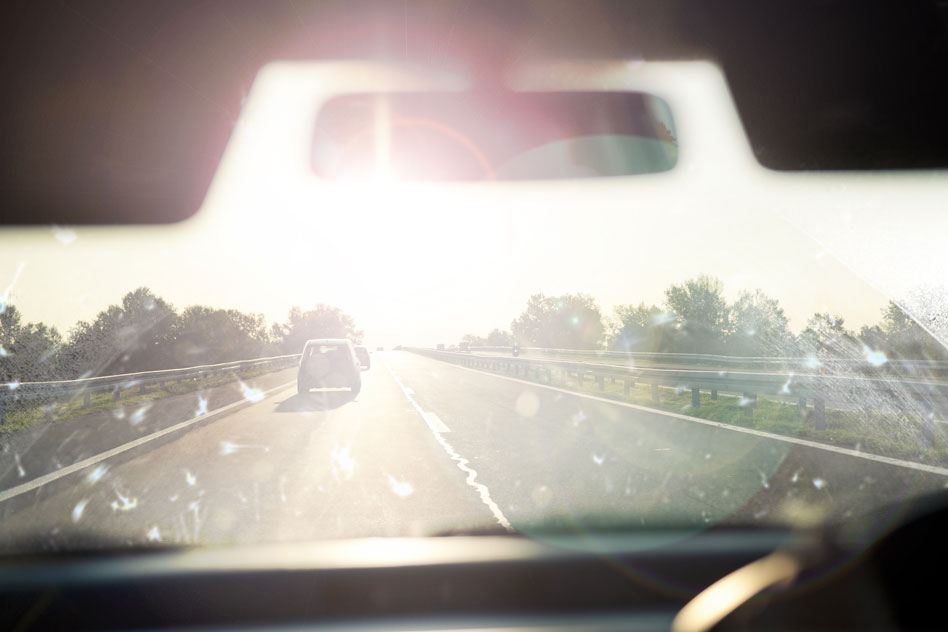
Also give the inside of the windows a good clean, once again ensuring you remove any smears. It’s also a good idea to give the windscreen wipers a clean, replacing damaged or worn blades as appropriate.
Wax the bodywork
With the car looking clean and fresh, it’s time to add a layer of wax.
Again, the choice of wax comes down to personal preference, but the wax will ensure your paintwork looks better for longer. It will also make the car easier to wash in the future.
Housekeeping
With the car no longer resembling a mobile skip, you should take the opportunity to do some general housekeeping. Look for any stone chips that have appeared over the winter and get them filled in using touch-up paint. This should be available from your car dealer or motoring discount store.
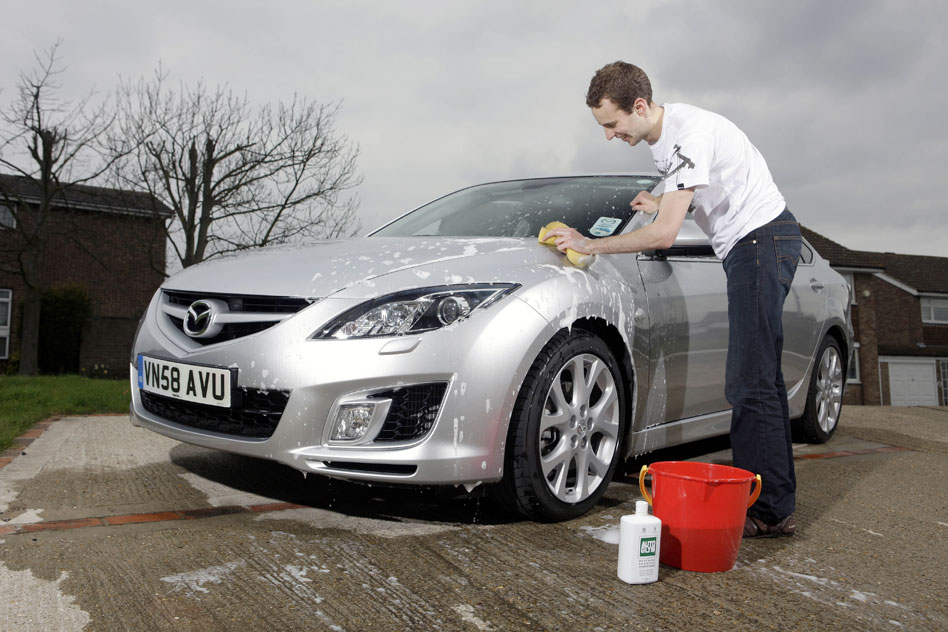
Also, lubricate all the locks and hinges, as well as clearing any drainage channels or holes. A build-up of leaves or grime can lead to water ingress problems later down the line, so a little time spent now could save a whole lot of bother – not to mention, cash – later on.
Top-up your washer fluid bottle with some good quality screenwash and take advantage of your super-clean valve caps by checking the pressure of the tyres.
All that’s left to do now is enjoy your clean and sparkling car. At least until it rains again…
ALSO READ:
What does the 2030 petrol and diesel car ban mean for you?